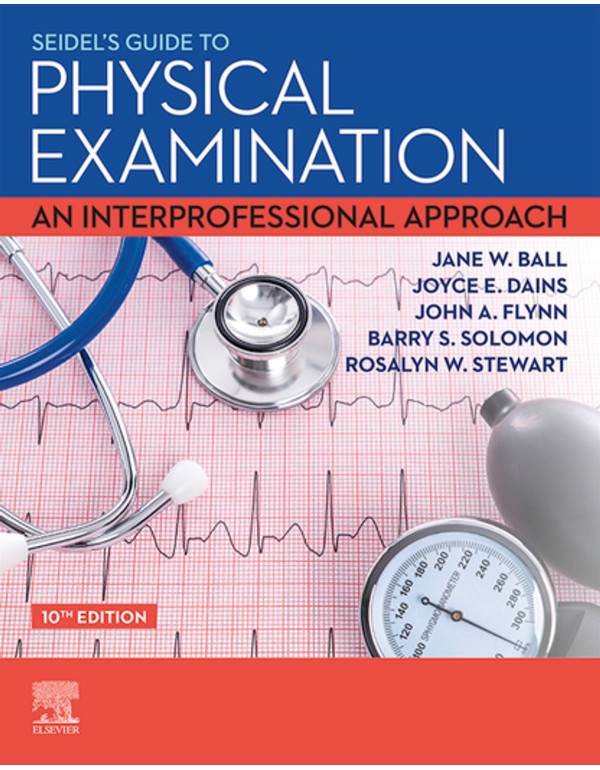Descriptions
Here's a revised summary of the book, avoiding plagiarism and emphasizing key points in different words:
Mastering Patient-Centered Physical Examinations: An Interprofessional Approach
Seidel's Guide to Physical Examination: An Interprofessional Approach, 10th Edition equips healthcare professionals with the knowledge and skills to conduct thorough, patient-centered physical examinations across all stages of life. This unique textbook emphasizes:
- Interprofessional Collaboration: Authored by both nurses and physicians, it offers diverse perspectives and best practices for effective teamwork.
- Lifespan Focus: Dedicated sections cater to infants, children, adolescents, pregnant women, and older adults, ensuring age-appropriate examination techniques.
- Evidence-Based Practice: Integrates current clinical guidelines and research findings for reliable and up-to-date practices.
- Patient-Centered Care: Emphasizes building rapport, clear communication, and cultural competency for respectful and effective examinations.
Key Features:
- Structured Approach: Each chapter delves into anatomy and physiology, relevant history, examination techniques with expected and unexpected findings, and potential abnormalities.
- Visual Aids: Illustrations, photographs, and tables enhance understanding and clarify complex concepts.
- Differential Diagnosis Tools: Tables and aids help identify potential causes of abnormal findings, supporting clinical reasoning.
- Practical Insights: "Clinical Pearls" offer practical tips and real-world expertise from experienced clinicians.
- Additional Resources: Links to other sources encourage further exploration and differential diagnosis.
- Companion Handbook: Provides quick access to key information during clinical practice.
Target Audience:
- Physicians, nurses, nurse practitioners, physician assistants, and students in these fields seeking to refine their physical examination skills.
Overall:
Seidel's Guide is an invaluable resource for healthcare professionals seeking to provide high-quality, patient-centered care. Its interprofessional approach, lifespan focus, and emphasis on evidence-based practice make it ideal for both seasoned practitioners and those new to the field.


